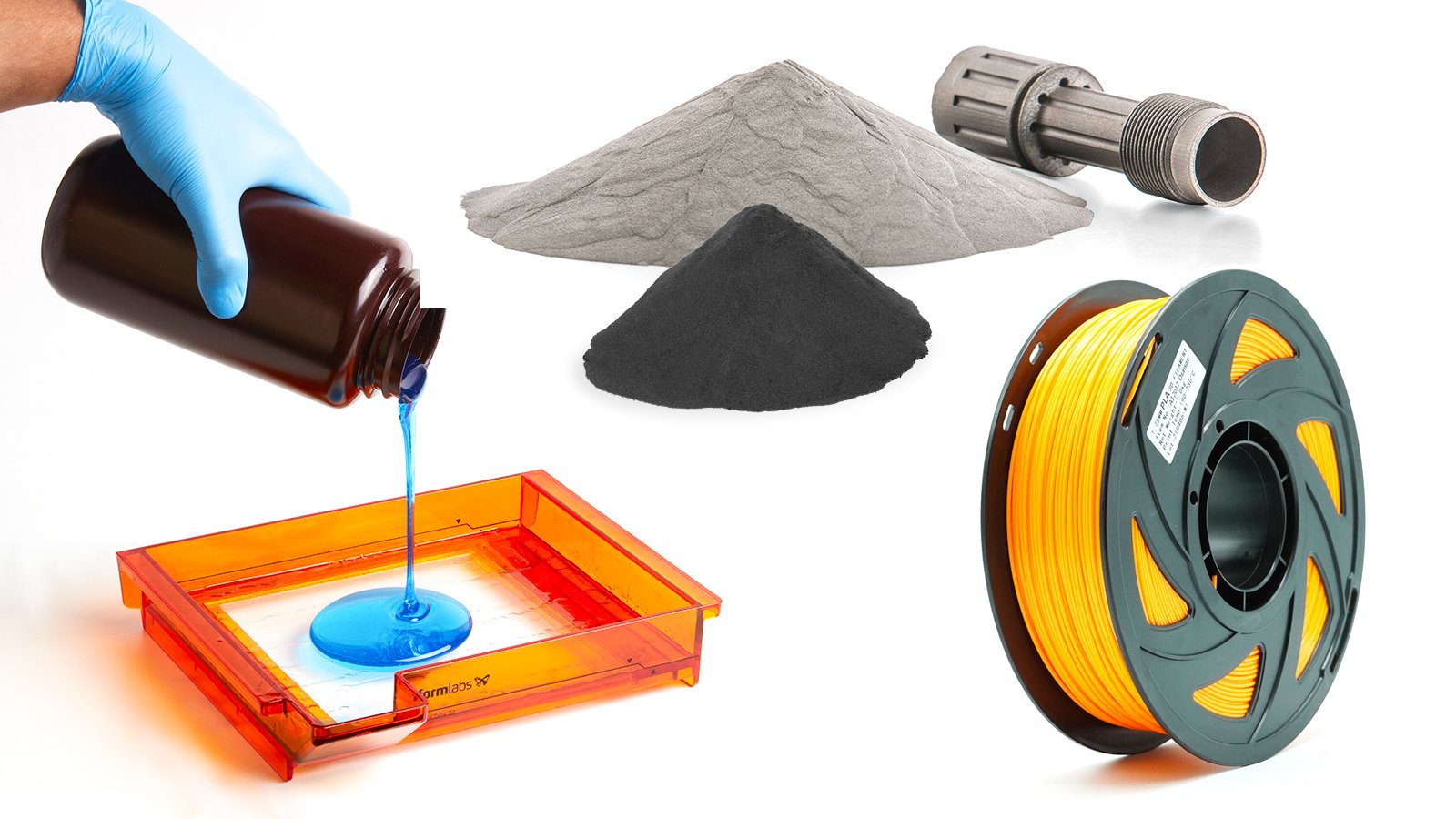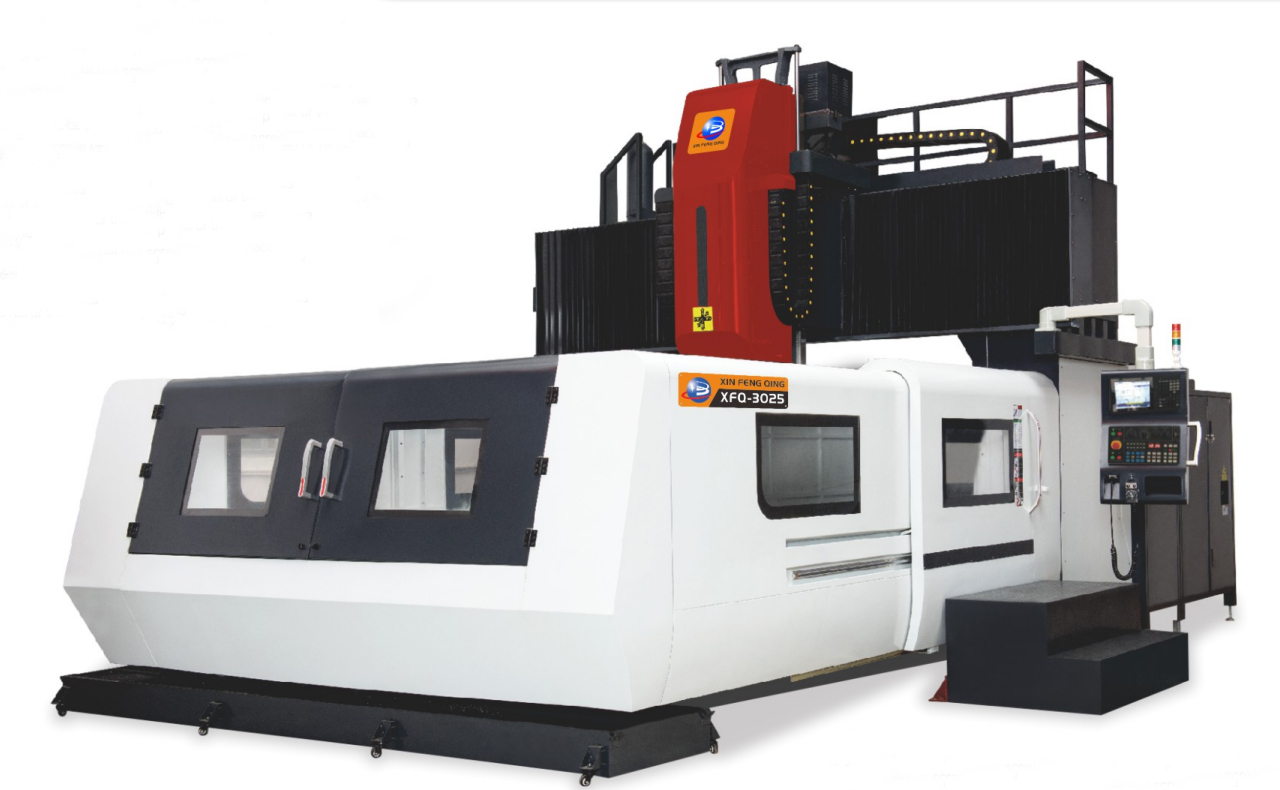
Fabric printing is a captivating blend of artistry and technical expertise that has transformed the textile industry. From intricate patterns to vibrant designs, fabric printing has the power to breathe life into fabrics, making them visually appealing and unique. In this article, we will delve into the fascinating world of fabric printing, exploring the techniques, processes, and innovations that make it possible. Join us on this journey as we unravel the secrets behind how fabric is printed.
- The Evolution of Fabric Printing:
Fabric printing has a rich history that spans centuries, with its origins dating back to ancient civilizations. From block printing in India to screen printing in China, various techniques have emerged and evolved over time. Today, modern technology has revolutionized the industry, introducing digital printing methods that offer unparalleled precision and creativity. - The Printing Techniques:
a. Screen Printing: This traditional technique involves using a mesh screen to transfer ink onto the fabric. It is widely used for large-scale production and offers excellent color saturation and durability.
b. Digital Printing: With advancements in technology, digital printing has gained popularity. It involves directly printing the design onto the fabric using specialized inkjet printers. Digital printing allows for intricate details, unlimited color options, and quick turnaround times.
c. Block Printing: Block printing is a labor-intensive technique where a carved block is dipped in ink and pressed onto the fabric. This method is known for its unique handmade appeal and is often used for artisanal and high-end fabrics.
- The Printing Process:
a. Design Creation: Fabric printing starts with the creation of a design. Designers use computer-aided design (CAD) software or hand-drawn sketches to develop patterns, motifs, or illustrations.
b. Color Separation: In order to achieve accurate color reproduction, the design is separated into different color layers. Each layer represents a specific color that will be printed separately.
c. Preparing the Fabric: Before printing, the fabric needs to be prepared to ensure optimal ink absorption. This may involve processes such as pre-treatment, washing, and drying.
d. Printing: The chosen printing technique is employed to transfer the design onto the fabric. Whether it's screen printing, digital printing, or block printing, skilled technicians ensure precise alignment and ink application.
e. Post-Processing: After printing, the fabric undergoes post-processing treatments such as heat setting, steaming, or washing to fix the colors and enhance durability.
- Innovations in Fabric Printing:
a. Sustainable Printing: As environmental concerns grow, the textile industry is embracing eco-friendly printing methods. Water-based inks, natural dyes, and digital printing techniques that minimize waste are gaining popularity.
b. 3D Printing: The advent of 3D printing has opened up new possibilities in fabric design. This cutting-edge technology allows for the creation of intricate textures, patterns, and even three-dimensional structures directly on the fabric.
c. Smart Textiles: Fabric printing is merging with the world of electronics, giving rise to smart textiles. These fabrics can incorporate sensors, conductive inks, and interactive elements, revolutionizing industries such as fashion, healthcare, and sports.
Conclusion:
Fabric printing is an art form that combines creativity, technical expertise, and innovation. From ancient traditions to modern digital techniques, fabric printing has evolved and continues to push boundaries. As technology advances, we can expect even more exciting developments in the world of fabric printing. So, the next time you admire a beautifully printed fabric, remember the intricate processes and skilled craftsmanship that brought it to life.



